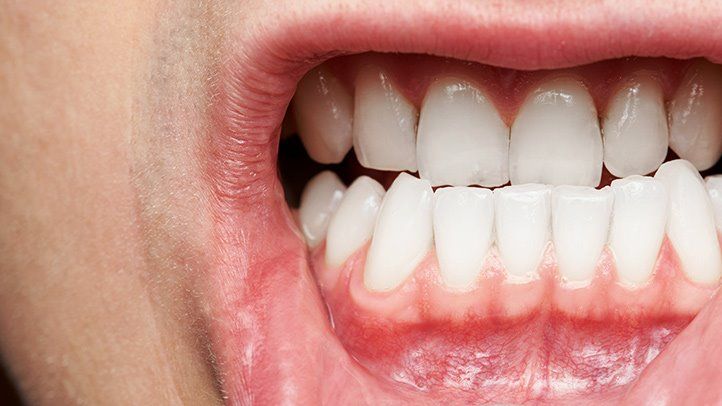 Gum disease starts out small. So small, in fact, that most people do not even know that it is gum disease. When people see a little bleeding of the gums after brushing their teeth or flossing, along with inflamed gums, most people do not realize that they already have gingivitis, the mild form. If better oral care is not given, it can easily become periodontal disease.
Gum disease starts out small. So small, in fact, that most people do not even know that it is gum disease. When people see a little bleeding of the gums after brushing their teeth or flossing, along with inflamed gums, most people do not realize that they already have gingivitis, the mild form. If better oral care is not given, it can easily become periodontal disease.
Brushing Teeth to Remove Gum Disease
While you have gingivitis, you can usually eliminate it by brushing your teeth twice daily and flossing. This is the easy way. Once it develops further and becomes periodontal disease, you will need a dentist to remove it since you will not be able to. In fact, if you develop good oral hygiene, it is not likely that you will develop gum disease at all. Some people, though, due to their genes, can get advanced periodontal disease even with good dental hygiene habits.
Symptoms of Periodontitis
Periodontitis is the same thing as gingivitis, except that it has progressed further. It is caused by the same bacteria. Now, however, the inflammation has become much worse. A chain reaction has started in the gums caused by your immune system’s response to the bacteria. Your symptoms may include:
- Gums that are pulling away from your teeth
- Pus at the gum line
- Spaces developing between your teeth
- Bad breath
- Chewing becomes painful
- Teeth are becoming loose
- Gums are puffy and are tender
- Your teeth do not fit together as before when you bite.
Cause of Periodontal Disease
Every day of your life, plaque will form on your teeth. This is an almost invisible film that is made of millions of bacteria. Whenever the bacteria come in contact with sugar and carbs, it forms acid. The acid is what causes cavities and gum disease. Normal brushing and flossing are needed to remove the plaque and to protect your teeth.
Without brushing and flossing daily, the plaque begins to harden and will become tartar. The tartar is hard and will become filled with the bacteria, which will inflame the gums above and below the gum line. Unfortunately, you cannot remove the tartar with a toothbrush or floss. The tartar enables the bacteria to get into your gums and bloodstream.
Advanced Periodontal Disease
Once you move into the advanced stages of periodontitis, the inflammation will continue to spread. It will destroy your gums, the tissue that supports your teeth, and the jawbone. Your teeth will become loose, and even fall out. This is the major reason why most adults today are losing their teeth.
One reason that periodontitis can do so much damage is that it does not cause pain until the last stages. By then, all that a dentist can do is to pull all the teeth.
Repairing the Teeth
Before any repair work can be done, it is necessary to remove the periodontal disease first. This is usually done by a process called scaling and rootplaning. Once that is completed, a dentist can perform gum and bone grafting to rebuild the bone and gums. Then, dental implants can be installed.
We can provide the necessary treatments and rebuild your smile. In order to get more information or to set up a consultation, just call (914) 732-3377.

